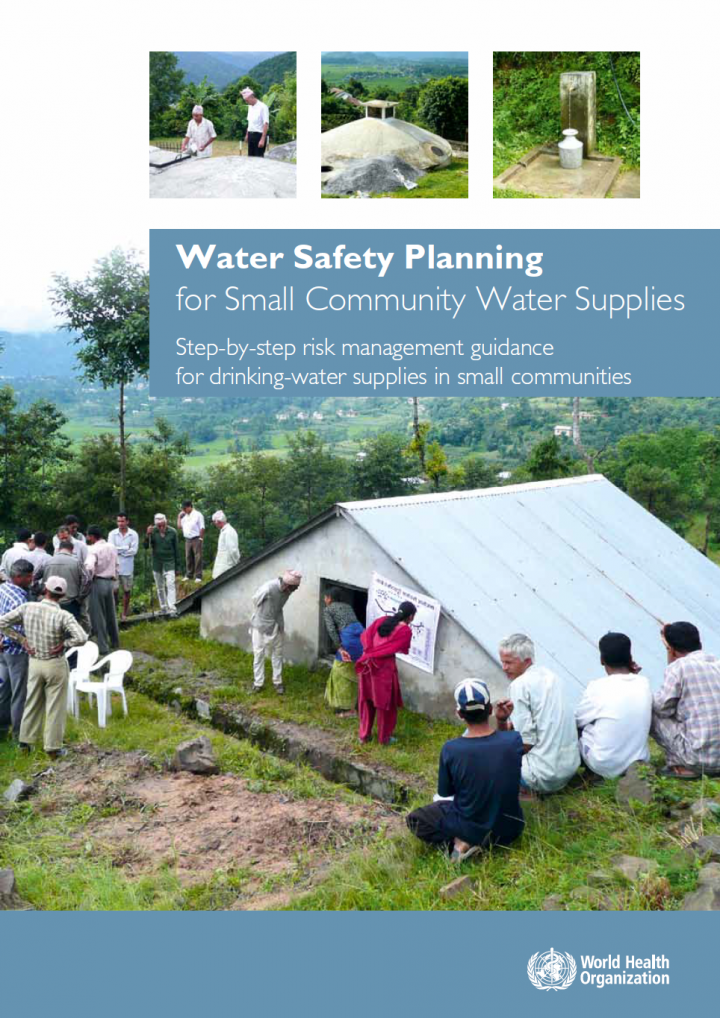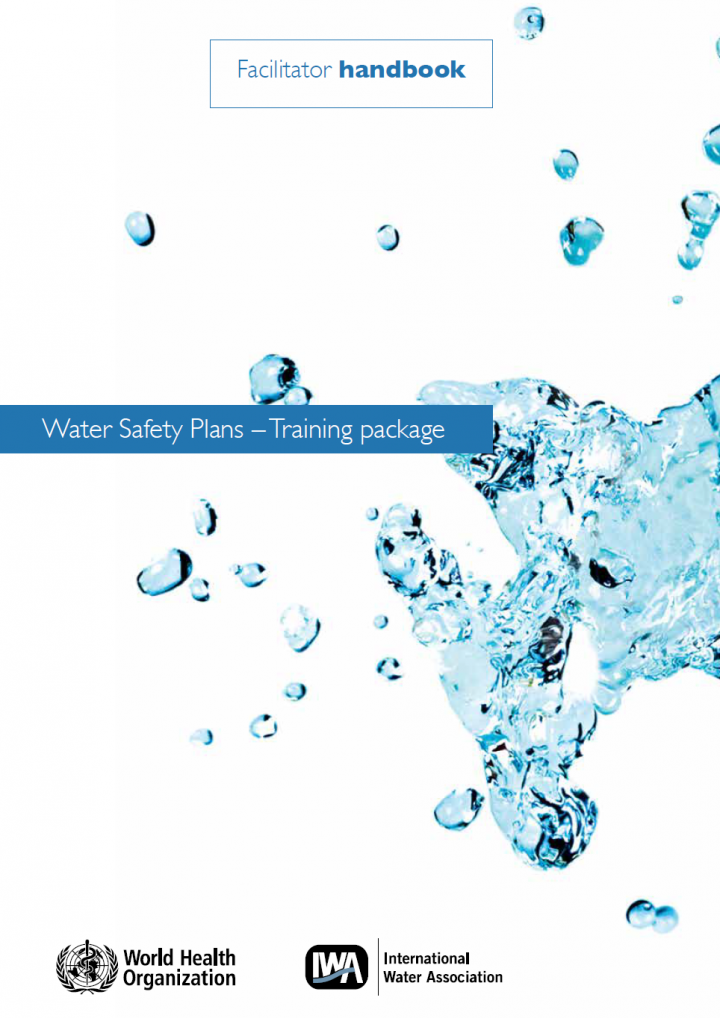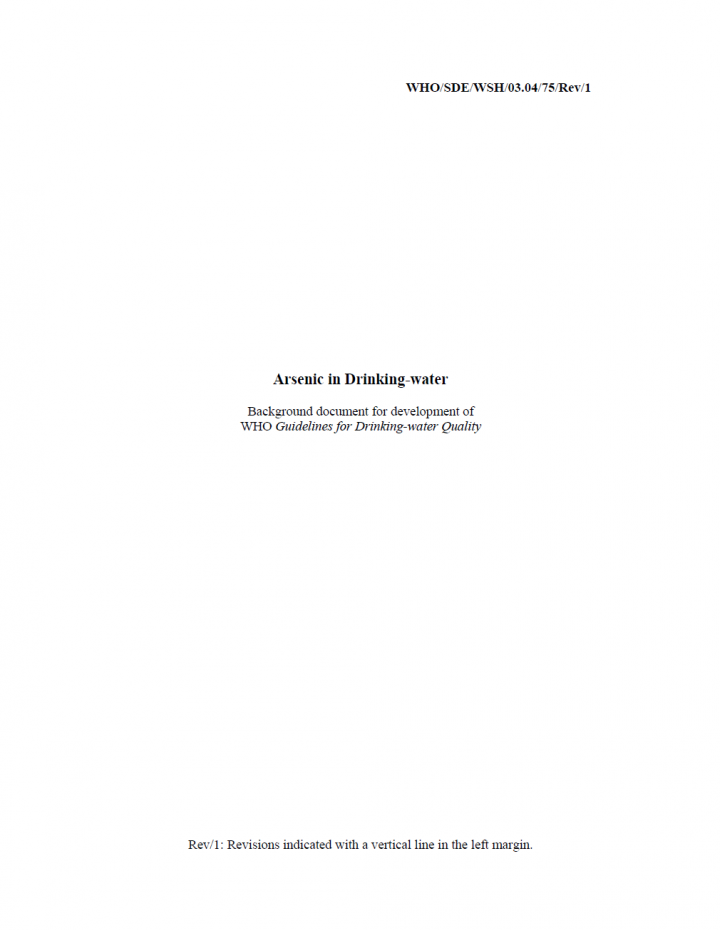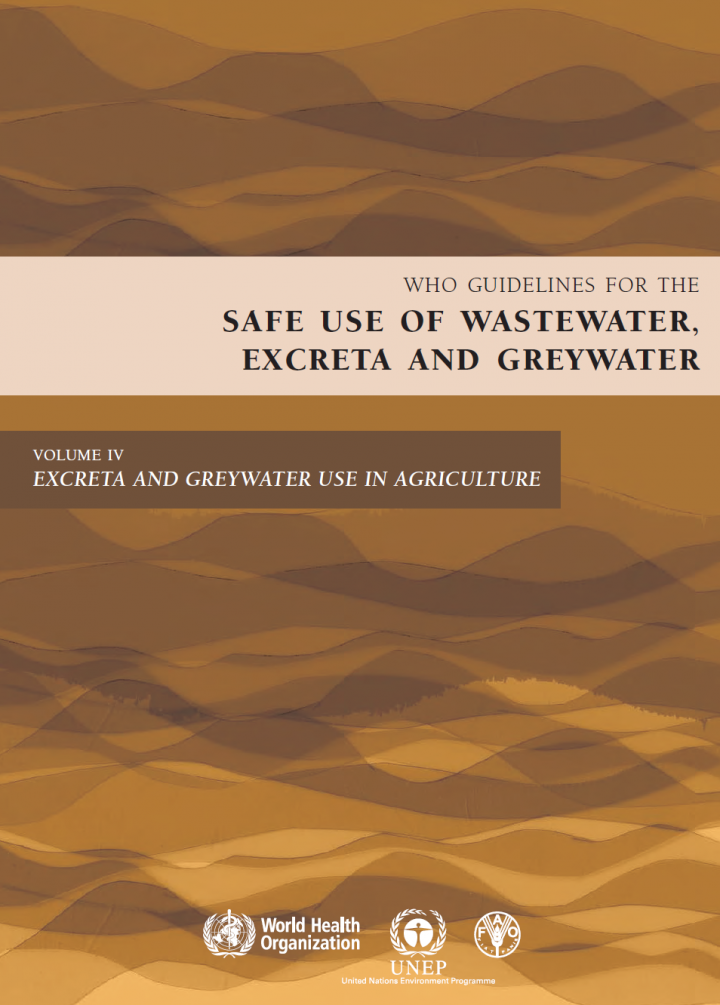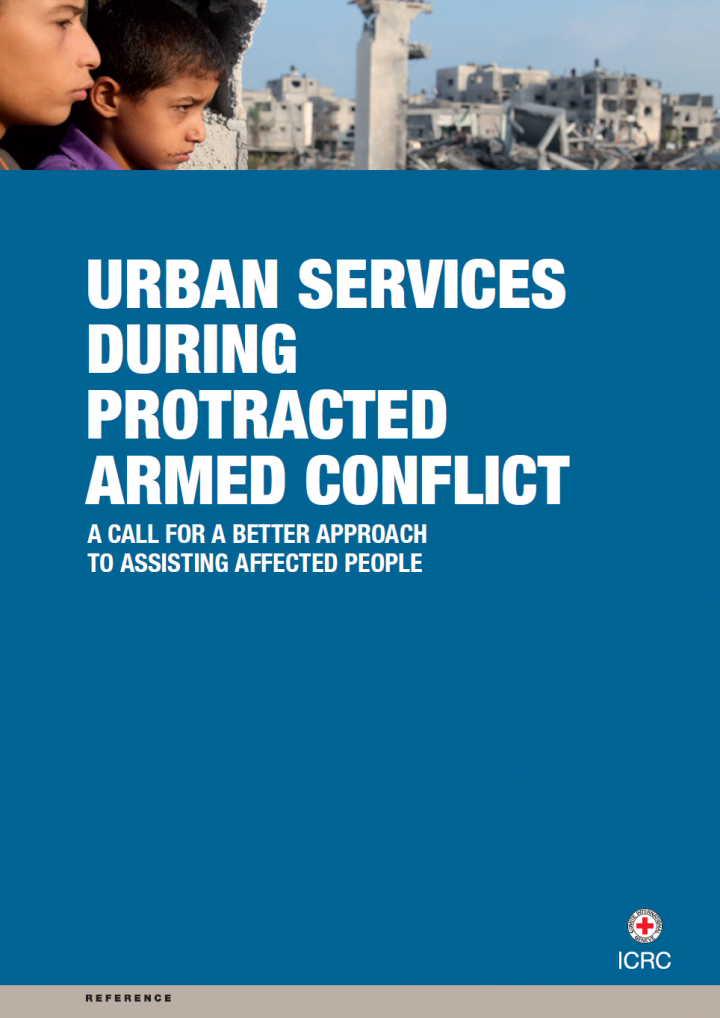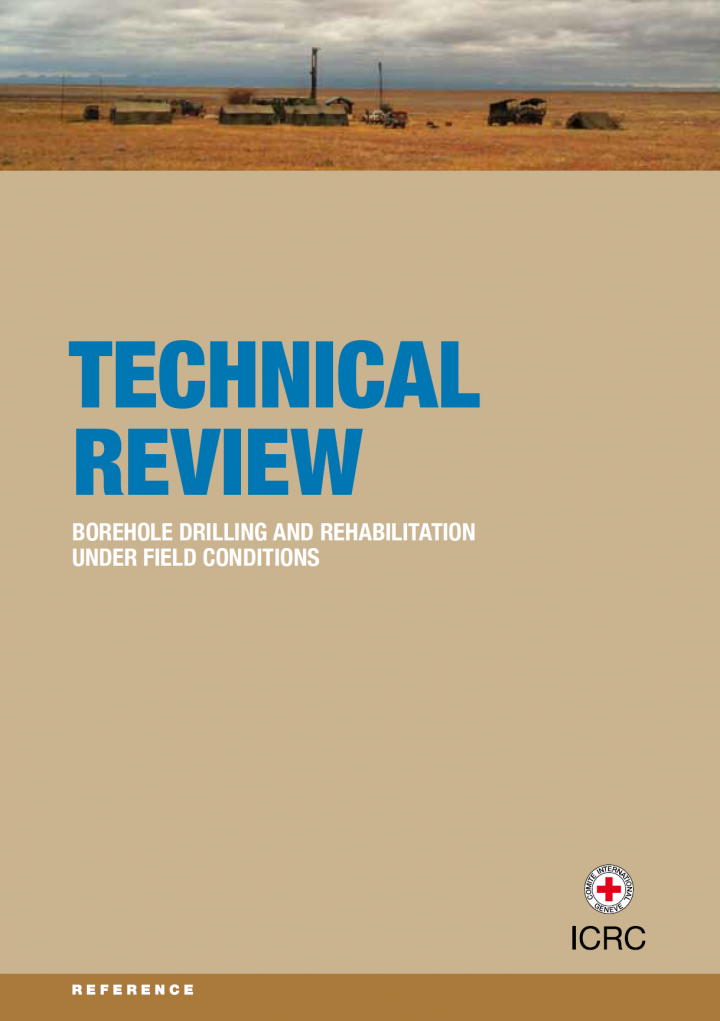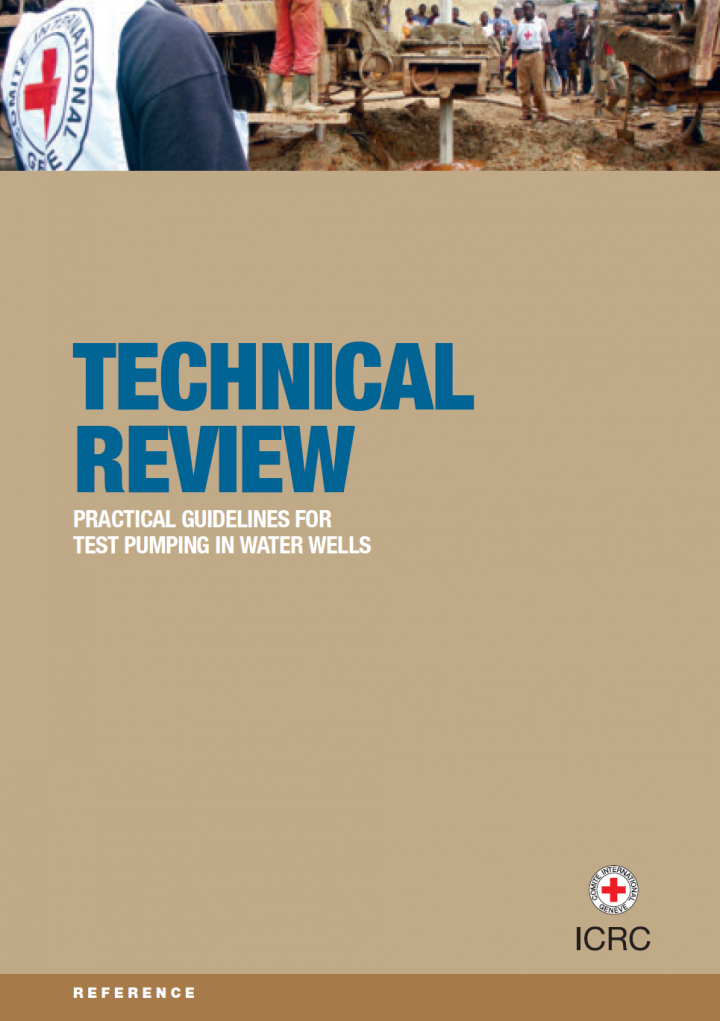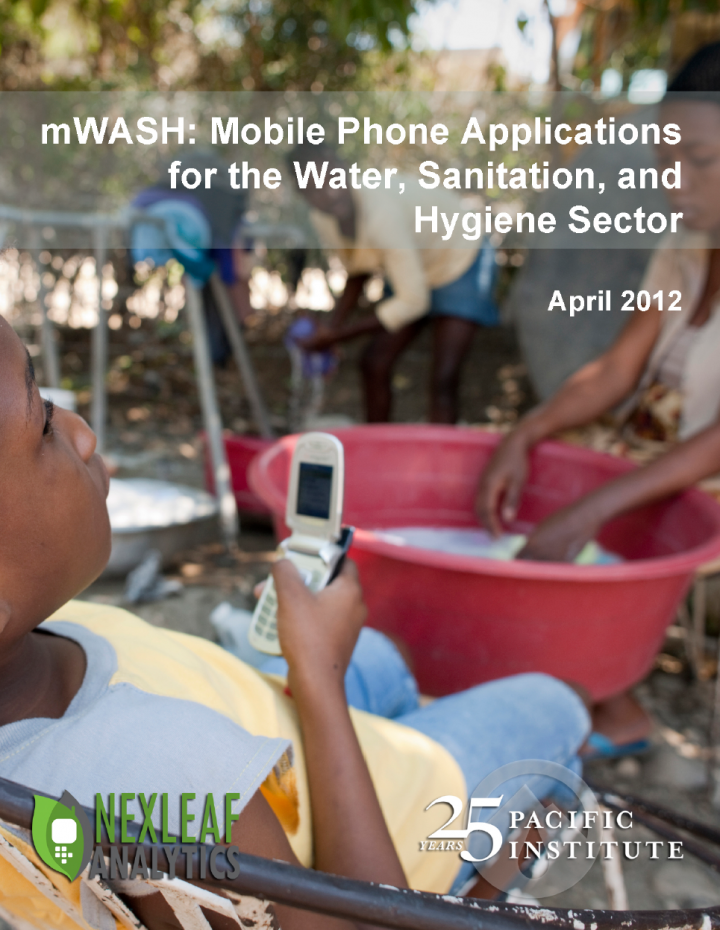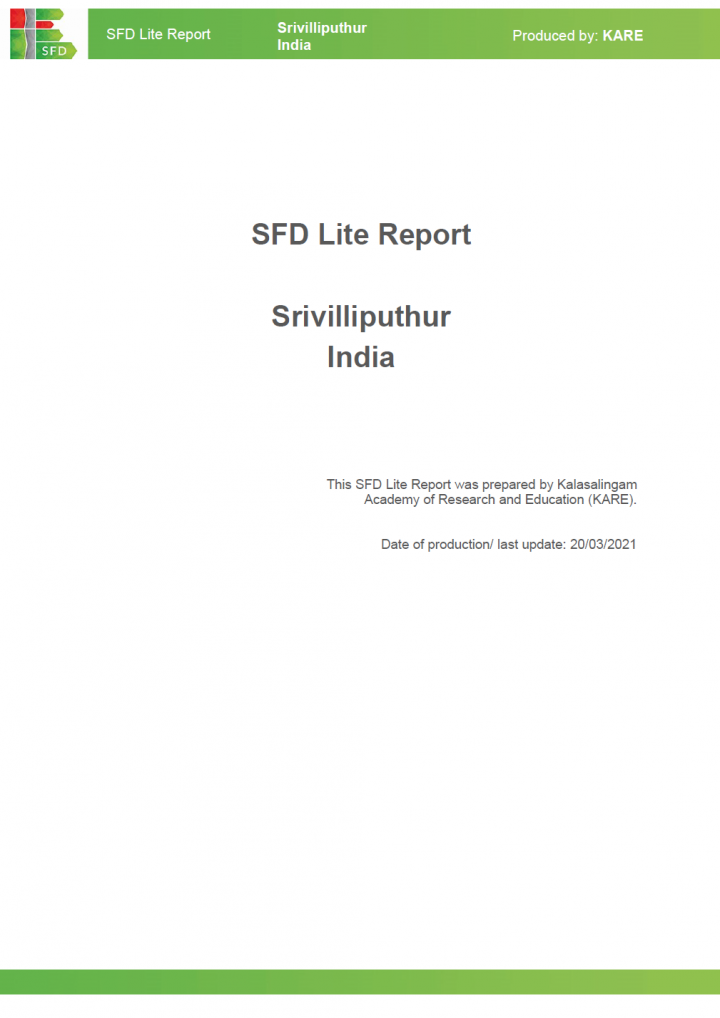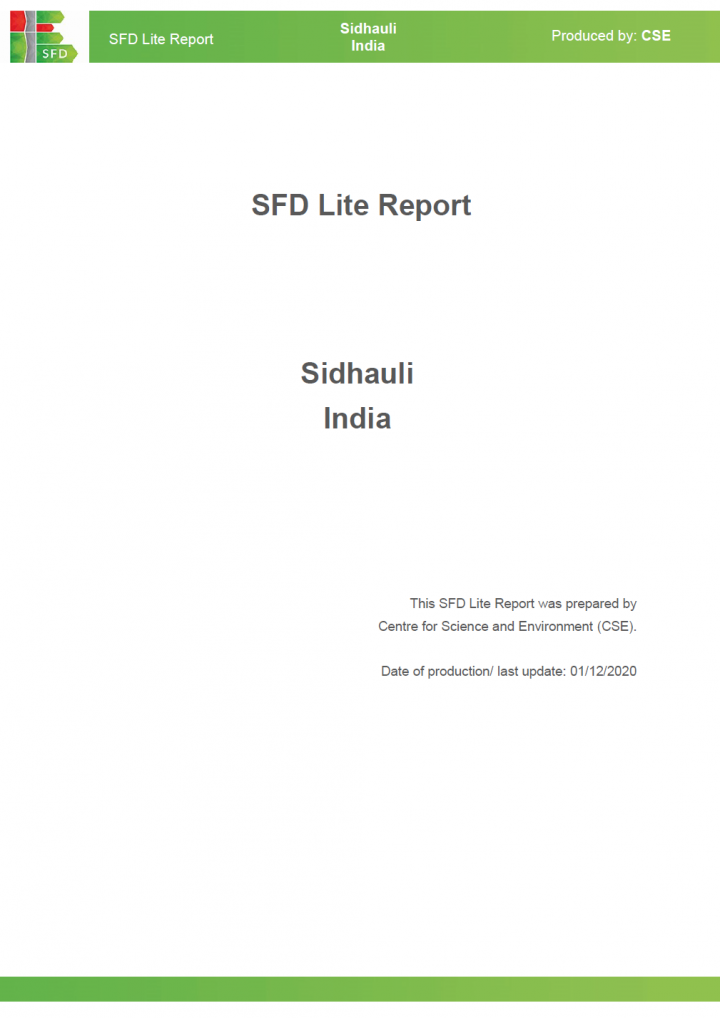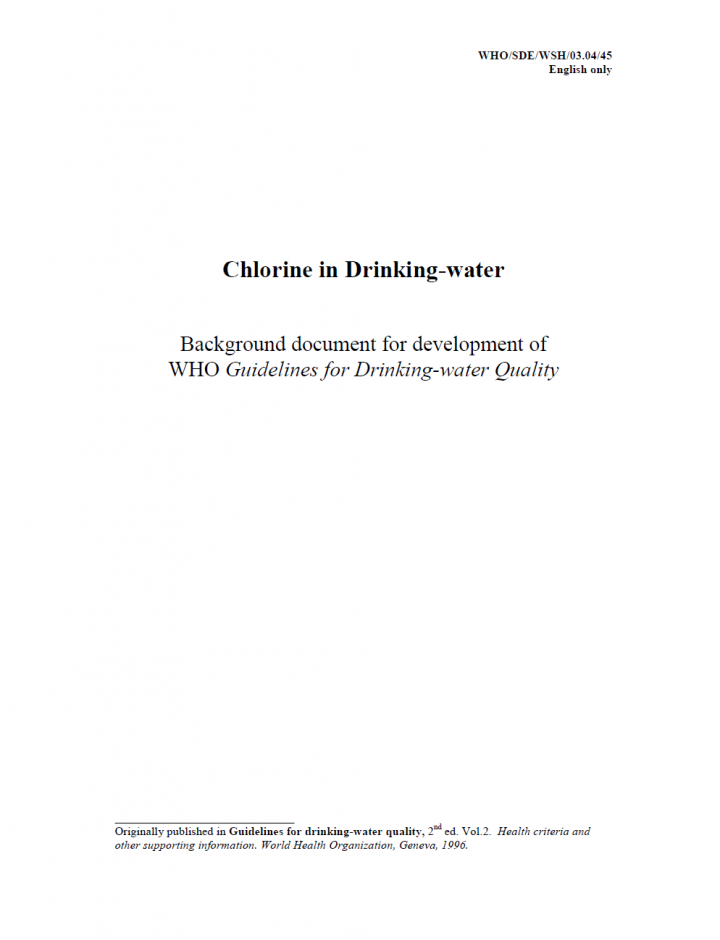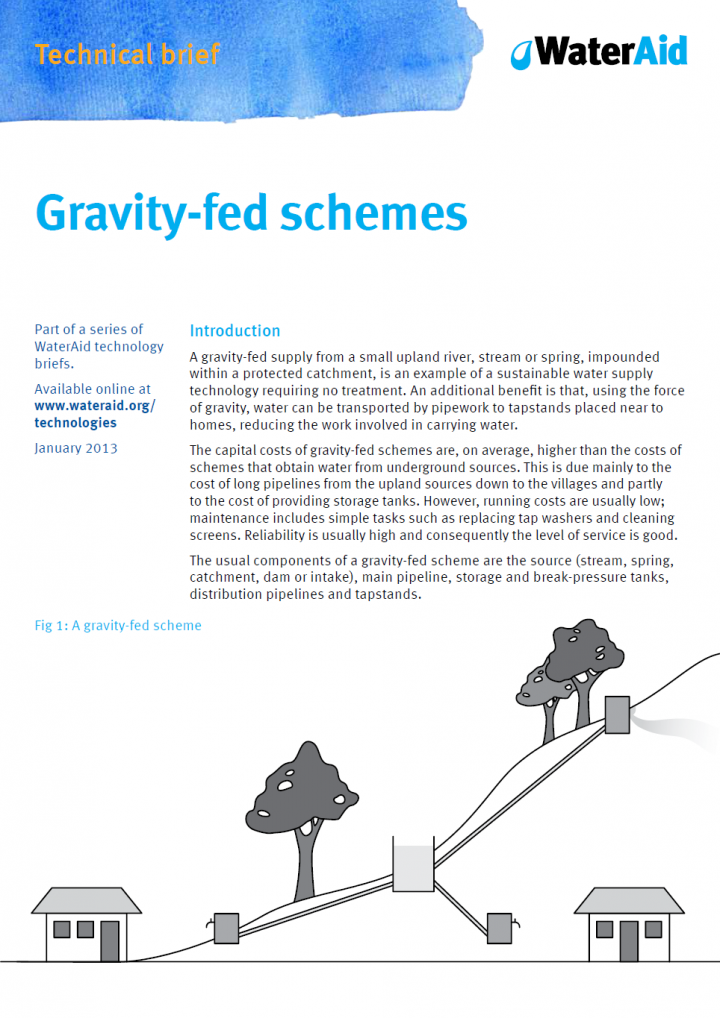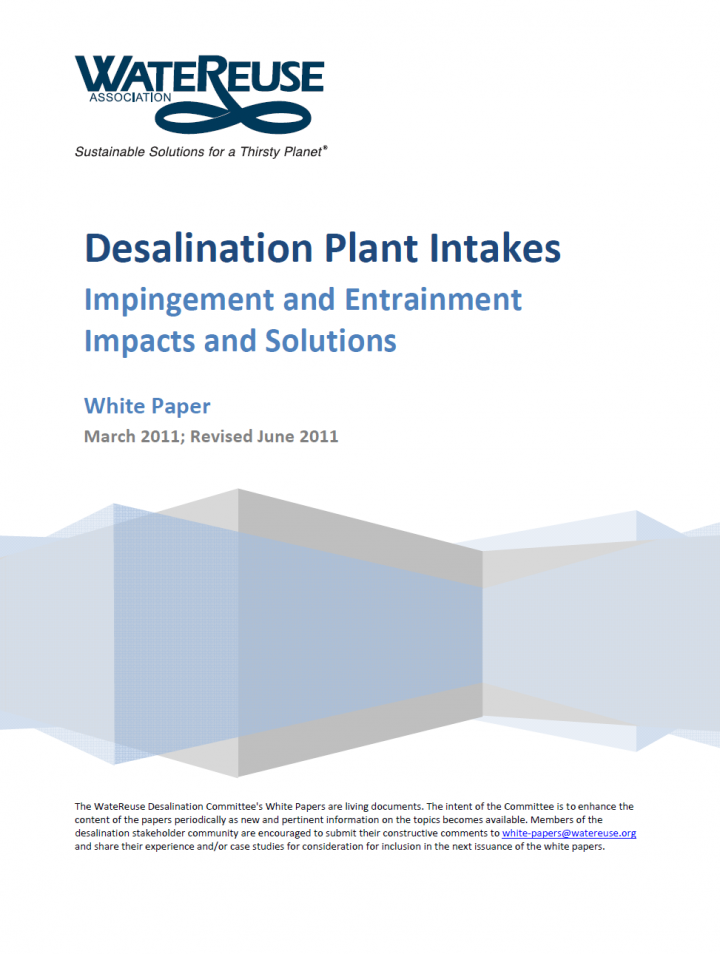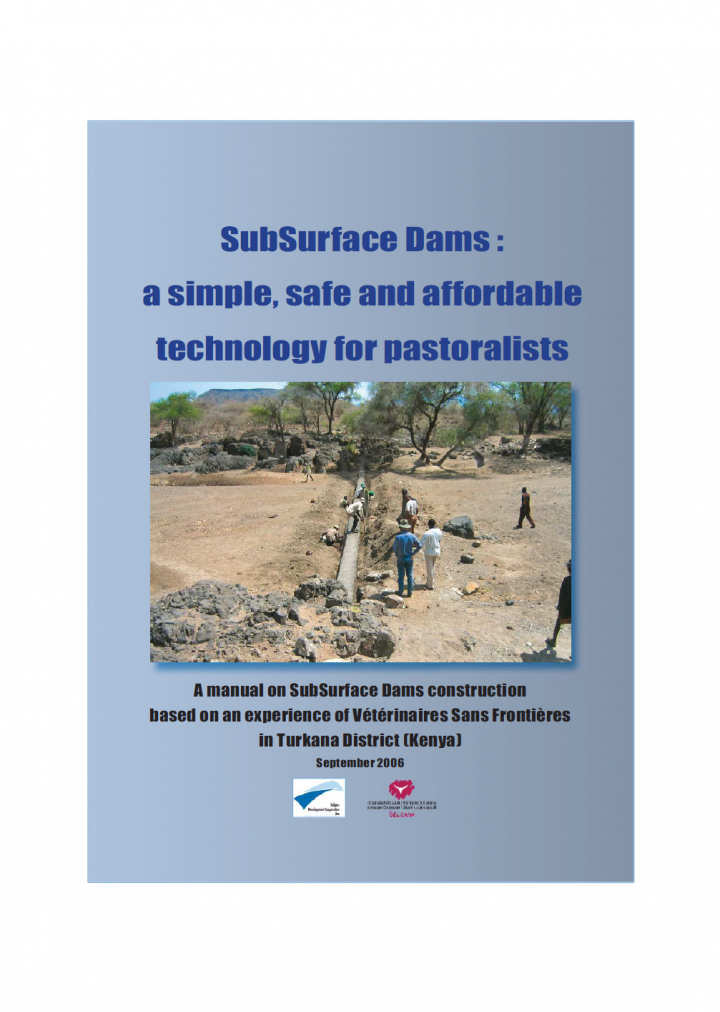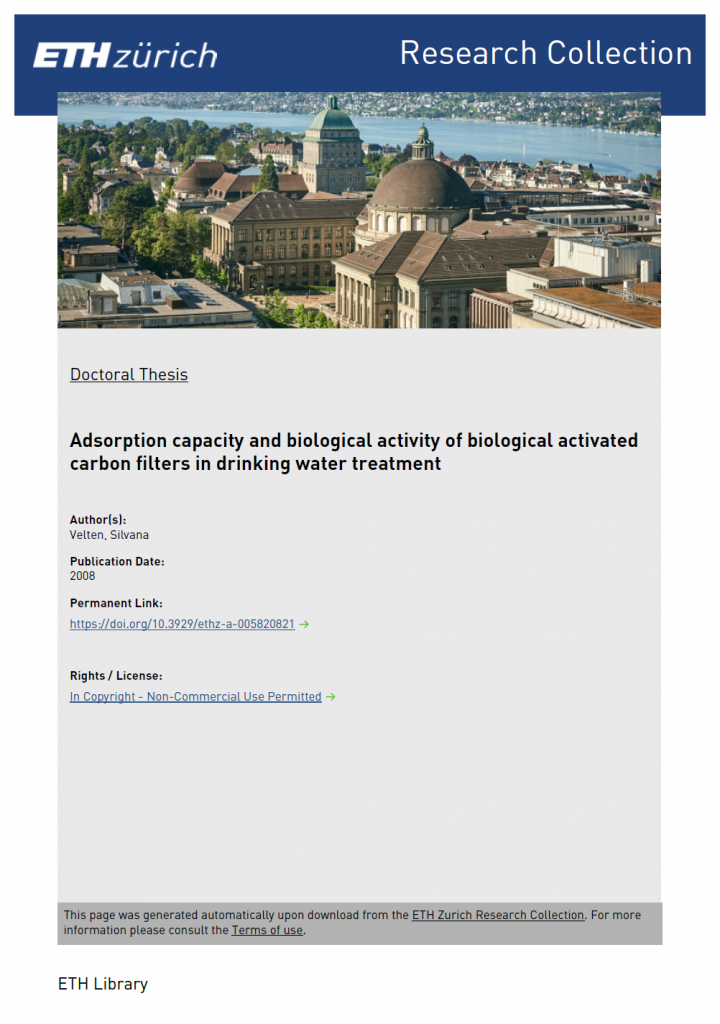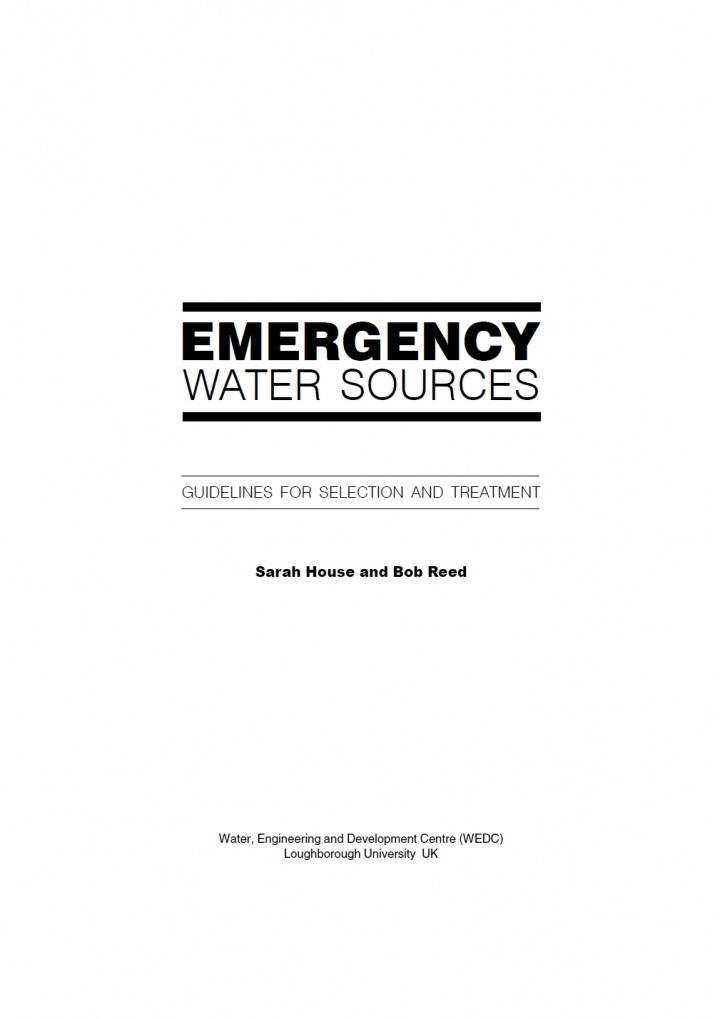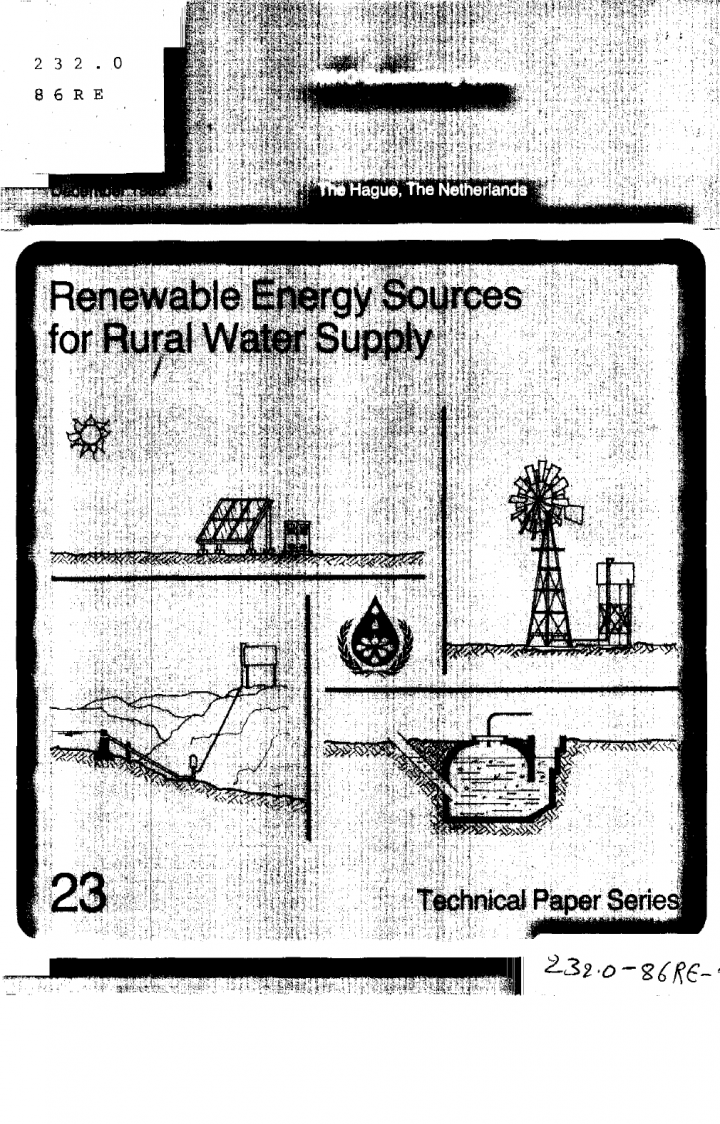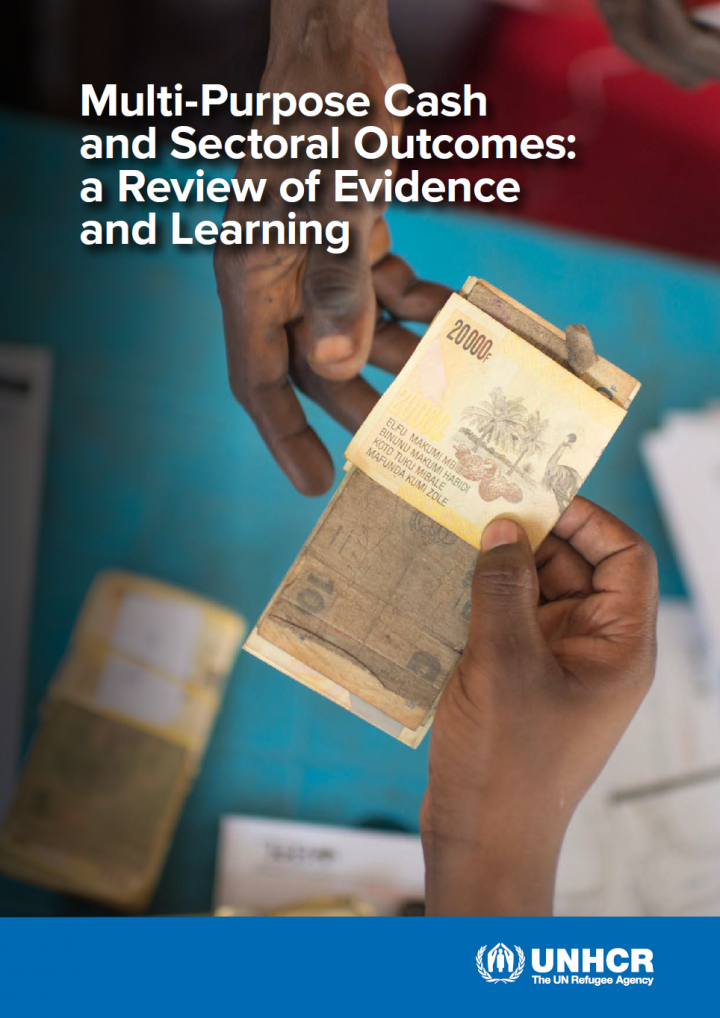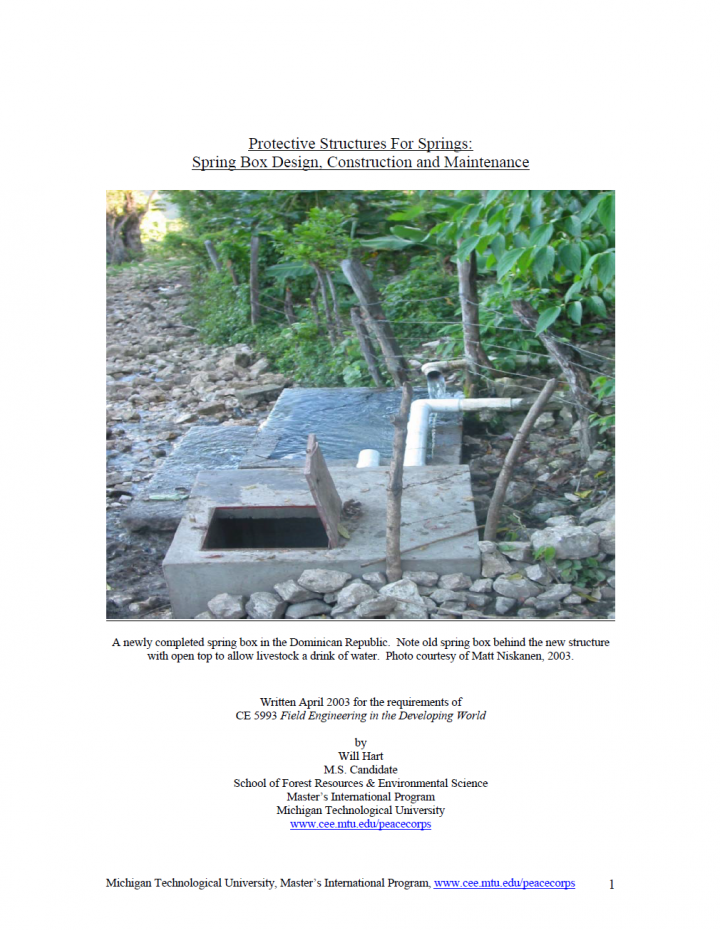Searching for information on Sanitation Workers?
The Sanitation Workers Knowledge + Learning Hub is the best source for all current news, trends, articles and updates on sanitation workers rights around the world.
Globally, an estimated 1.9 billion people use either an unimproved water source or an improved source that is faecally-contaminated. Furthermore, 502,000 diarrhoeal deaths in low- and middle-income countries can be attributed to insufficient and unsafe drinking-water (WHO, 2014a). The vast majority of these deaths occur in Africa and South-East Asia, mainly among vulnerable populations, including …
The principles and practice of water safety planning are increasingly being adopted around the world as the basis for the provision of safe and clean drinking-water. This process is most pronounced in urban conglomerates where the institutional infrastructure of municipal corporations, parastatal enterprises or private utilities is conducive to their adoption.
Water safety planning has a …
WSPs are a risk-based preventative approach to most effectively protect drinking-water safety and are recommended in the WHO Guidelines for Drinking-water Quality. WSPs are now being adopted worldwide, but they are not always fully understood by all stakeholders. Face-to-face training is therefore essential to ensure globally successful WSP implementation.
The training package consists of …
This fourth edition of the World Health Organization’s (WHO) Guidelines for drinking-water quality builds on over 50 years of guidance by WHO on drinking-water quality, which has formed an authoritative basis for the setting of national regulations and standards for water safety in support of public health.
It is the product of significant revisions to clarify and elaborate on ways of …
During the preparation of background documents and at expert meetings, careful consideration was given to information available in previous risk assessments carried out by the International Programme on Chemical Safety, in its Environmental Health Criteria monographs and Concise International Chemical Assessment Documents, the
International Agency for Research on Cancer, the Joint FAO/WHO …
Volume 4 of the Guidelines for the safe use of wastewater, excreta and greywater provides information on the assessment and management of risks associated with microbial hazards. It explains requirements to promote the safe use of excreta and greywater in agriculture, including minimum procedures and specific health-based targets, and how those requirements are intended to be used. This volume …
Many of the most common diseases found in traumatized communities after a disaster or emergency are related to drinking contaminated water. The contamination can be from micro-organisms (Table 1) or natural and man made chemicals (Table 2). This fact sheet concentrates on the problems caused by drinking water contaminated by micro-organisms as these are by far the most common and can be reduced …
This report seeks to stimulate the much-needed discussion on developing a better approach to assisting people in urban areas that have been affected by protracted armed conflict. It combines current research with over three decades of ICRC experience in urban areas, deriving information through focus groups and individual interviews as well as from in-depth studies on Iraq and Gaza. The …
Boreholes are one of the best means of obtaining clean water in field conditions. However, constructing, or repairing, boreholes requires specialized knowledge and technical expertise, much of which can be gained from the standard literature; but field operations in remote areas or in difficult conditions often require flexibility and imagination in avoiding and solving technical problems. This …
Groundwater is frequently chosen as the most suitable source of drinking water, supplies of which are brought to the surface by rehabilitating existing boreholes or drilling new ones. Pumping tests are a practical way of obtaining an idea of the borehole’s efficiency and its optimal production yield. Much of the specialized knowledge and technical expertise needed for this purpose can be gained …
The Multi-Cluster/Sector Initial Rapid Assessment (MIRA) is a joint needs assessment tool that can be used in sudden onset emergencies, including IASC System-Wide Level 3 Emergency Responses (L3 Responses). The IASC Transformative Agenda recognized the critical role of needs assessment as a basis for overall and cluster strategy development; agreed that needs assessment should be well …
A large number of the billions of people who lack basic access to safe water and sanitation can count a mobile phone as one of their few possessions. Year after year, global and national institutions struggle to provide growing populations with basic water and sanitation needs, while mobile phones have become ubiquitous in the developing world. The spread of mobile phones has greatly reduced the …
El 22 de marzo es el Día Mundial del Agua cuyo lema este 2021 es: el Valor del Agua. Con motivo de este día, Naciones Unidas ha lanzado la campaña #Water2me para conocer el significado que tiene el agua para el planeta con el objetivo de encontrar las mejores soluciones que aseguren su conservación y protección. SuSanA Latinoamérica se une a esta iniciativa lanzando este seminario virtual …
Srivilliputhur is a town and promoted as a first-grade municipality in the year 1984 located in north of Rajapalayam in Virudhunagar district in the Indian state of Tamilnadu. As of 2011, the town had a population of 75,396.
The town is known for its famous Lord Andal temple which is a 192 (58.5 m) feet long tower structured temple, lord said to be as vatapatsayee. Srivilliputhur is located at …
Sidhauli is a town and a Nagar Panchayat in Sitapur District in the state of Uttar Pradesh. It is a crowded town situated near Lucknow. The Sidhauli city is divided into 14 wards. The Gomti River flows through the town.
As per Census 2011, Sidhiauli has a population of 24,976 residing in 4,153 households. The population of the city, as per Swachh Survekshan (country wide annual ranking …
One of the primary goals of WHO and its member states is that “all people, whatever their stage of development and their social and economic conditions, have the right to have access to an adequate supply of safe drinking water.” A major WHO function to achieve such goals is the responsibility “to propose regulations, and to make
recommendations with respect to international health matters …
A gravity-fed supply from a small upland river, stream or spring, impounded within a protected catchment, is an example of a sustainable water supply technology requiring no treatment. An additional benefit is that, using the force of gravity, water can be transported by pipework to tapstands placed near to homes, reducing the work involved in carrying water.
The capital costs of gravity-fed …
Seawater intakes are an integral part of every seawater desalination plant. The purpose of this white paper is to provide an overview of potential impingement and entrainment (I&E) impacts associated with the operation of open ocean intakes for seawater desalination plants and to discuss alternative solutions for efficient and cost effective I&E reduction. For information on alternative intakes …
Soil and water conservation is a high priority in the drier areas of subSaharan Africa. Storage of water from the rainy season to the dry season, or even from wet years to dry years is highly important. Groundwater dams, which store water under the ground, can store sufficient quantities of water for livestock and minor irrigation as well as for domestic use. If sited and built properly, dams can …
Granular activated carbon (GAC) filters have been used for decades to remove various kinds of organic micropollutants (MP), disinfectant by-products and taste and odor (T&O) compounds from water by adsorption. In recent years chemical oxidation by ozonation was implemented in many treatment plants before GAC filtration. During ozonation a substantial fraction of the natural organic matter (NOM) …
These guidelines have been designed to help those involved in the assessment of emergency water sources to collect relevant information in a systematic way, to use this information to select a source or sources and to determine the appropriate level of treatment required to make the water suitable for drinking.
The guidelines, however, are not limited to the selection and treatment of water …
The potential of using renewable energy sources (solar energy, wind energy, hydropower, biomass energy) to power water pumping systems for rural water supply is receiving increased attention. Assessment and selection of these
energy sources and pumping systems require careful analysis of a wide range of factors. This book provides guidance and information to support the systematic consideration …
exciting opportunity to redress a long-standing shortcoming of humanitarian response. There is a need to better understand and respond to crisis-affected people in a more holistic and coherent way, going beyond sectors to bring the emphasis back to how people live and perceive and prioritize their needs. Multi-purpose cash opens up possibilities for enhanced collaboration among technical sectors …
The main objective of spring development and protection is to provide improved water quantity and quality for human consumption. Before reaching the surface, spring water is generally considered high quality, depending on the composition of the surrounding soils and bedrock. However, groundwater can become contaminated as it
exits the ground's surface. Contamination sources include livestock, …


